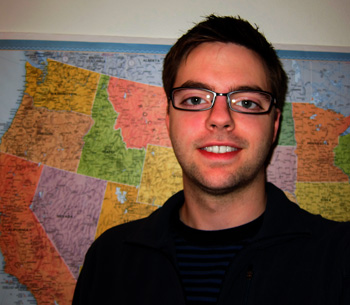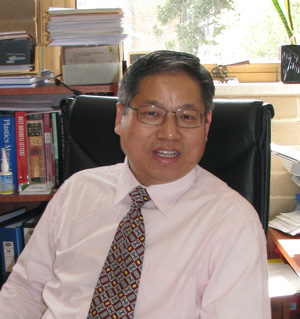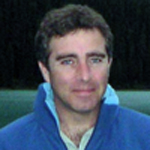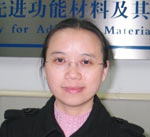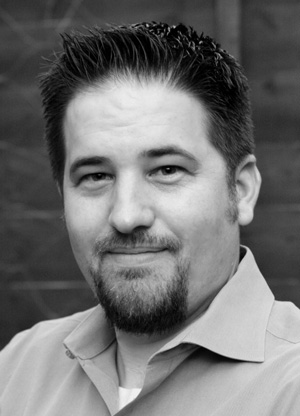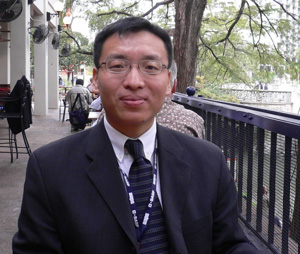Martin Blaber, an enthusiastic surface chemist, working as a post-doctoral researcher for Professor Schatz at Northwestern University, in the US, takes some time away from his research to speak with us…
Blaber’s recent communication, published in ChemComm, reports some of the challenges that come with using nanosphere dimers for surface enhanced ramana spectroscopy (SERS) at long wavelengths: Extending SERS into the infrared with gold nanosphere dimers
What initially inspired you to become a scientist?
It was definitely nanotechnology. While at at high school, I got very excited about the possibility of nanobots! Not the malevolent world destroyers, but rather the constructors of sky scrapers and converters of refuse into sports cars etc. The possibilities were endless! I enrolled in a BSc majoring in nanotechnology. After learning that bacteriophages could be programmed to build battery terminals and other wonderful things, I decided that micromachines were best left to biologists and I swapped nanobots for nanoplasmonics, eventually completing a PhD studying alternative materials for nanoplasmonic systems.
What was your motivation behind the work described in your ChemComm article?
Electric Field Enhancement!
SERS can be used to detect tiny amounts of many industrially, scientifically and socially important chemicals. SERS is used to identify counterfeit currency, detect chemical warfare agents and help art historians determine pigments for preservation projects. A major component of the enhancement in SERS is due to the localisation of electric fields around metallic nanoparticles when they are irradiated with light. This phenomenon is known as surface plasmon resonance. Our work involved trying to maximise the electric field enhancement around a dimer of gold nanospheres so that molecules attached to the surface of the spheres would have the largest possible surface enhanced Raman signal. This work grew out of previous studies noting that SERS intensity increased with increasing surface plasmon resonance wavelength. If the maximum field enhancement reaches approximately 1012, single molecules should be readily detectable. It turns out that in our case, the field enhancement follows a trend that causes the enhancement to “max out” for laser wavelengths of around 700 nm, limiting the average field enhancement to 108.
Why did you choose ChemComm to publish your work?
ChemComm recently published a special issue dedicated to SERS* that I thought would help broaden both the readership and impact of our article.
Where do you see your research heading next?
In this article we investigated a very specific system to determine how the field enhancement scales with surface plasmon resonance wavelength. Trends like this are geometry dependent, and there is such a multitude of other nanoparticle geometries that are readily fabricated via wet chemistry that the possibilities are essentially endless!
What do enjoy doing in your spare time?
Cycling, listening to music, watching movies, spending time with family and friends.
If you could not be a scientist, but could be anything else, what would you be?
I thought I’d like to be an M.D. but clumsiness and scalpels don’t go well together, so I’d settle for being an astronaut.
*ChemComm recently published a SERS web-themed issue, guest edited by Duncan Graham, Zhongqun Tian and Richard Van Duyne. Interested in SERS? Then take a look at our online collection of articles today!


